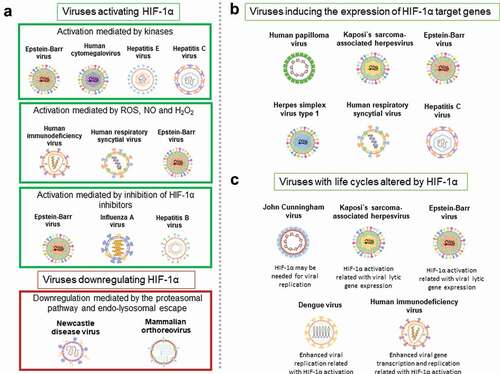Figures & data
Figure 1. Schematic representation of HIF-regulated pathways
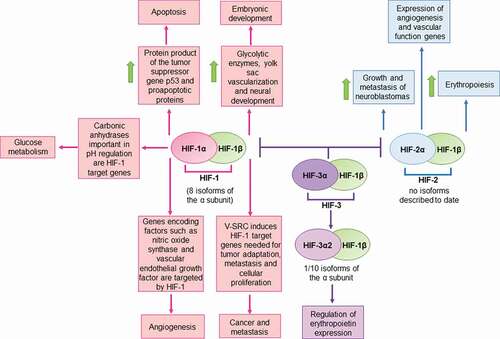
Figure 2. Schematic representation of the effects of double-stranded DNA viruses on HIF-1α and (possible) mechanisms of action
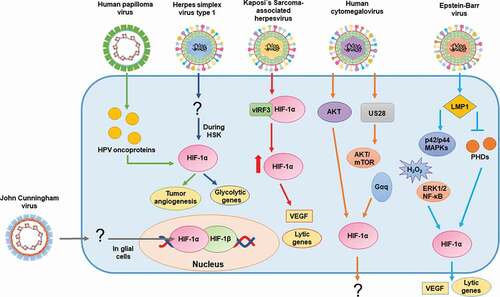
Figure 3. Schematic representation of the effects of positive single-stranded RNA viruses on HIF-1α and (possible) mechanisms of action
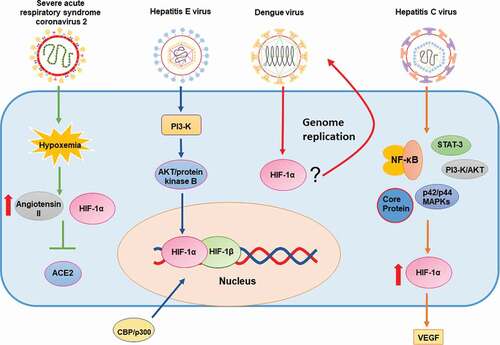
Figure 4. Schematic representation of the effects of negative single-stranded RNA and double-stranded RNA viruses on HIF-1α, and (possible) mechanisms of action
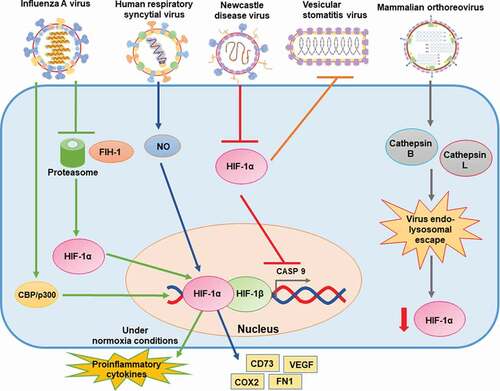
Figure 5. Schematic representation of the effects of retrotranscribing viruses on HIF-1α and (possible) mechanisms of action
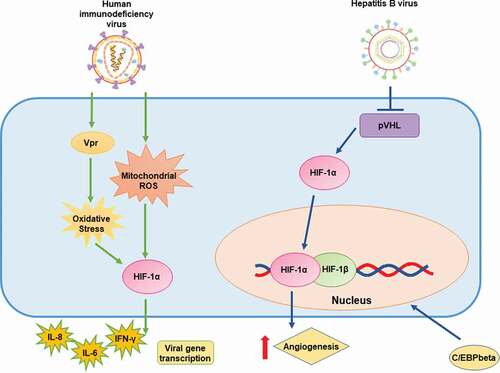
Figure 6. Common features between different viruses and HIF-1α. A
